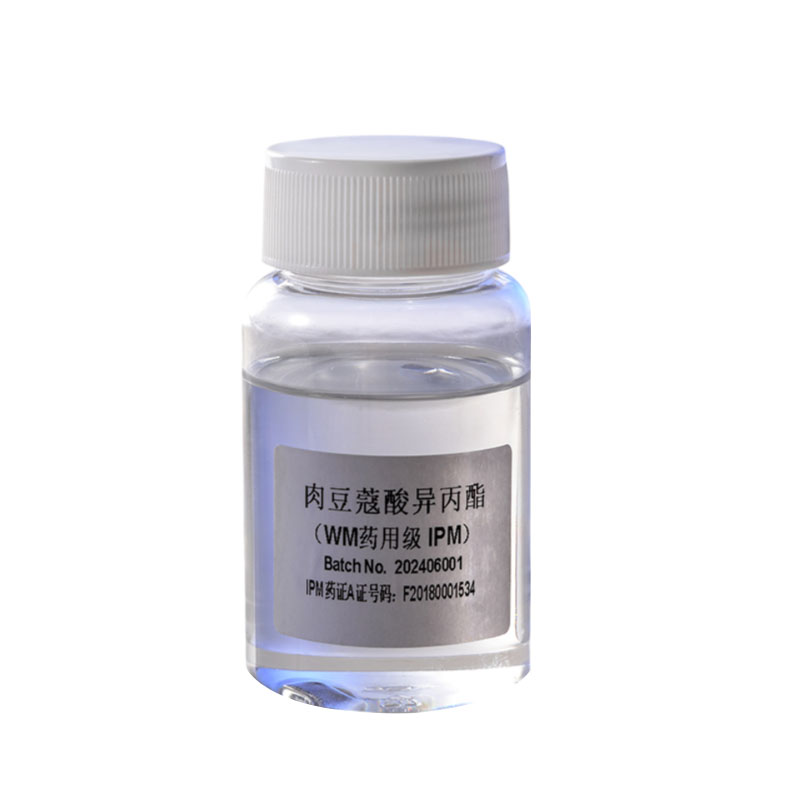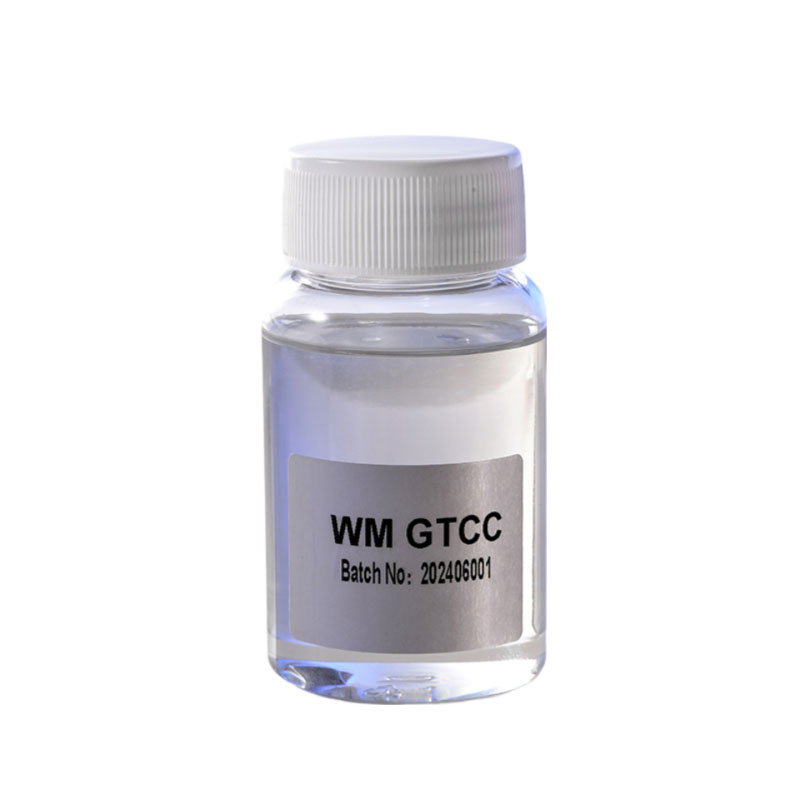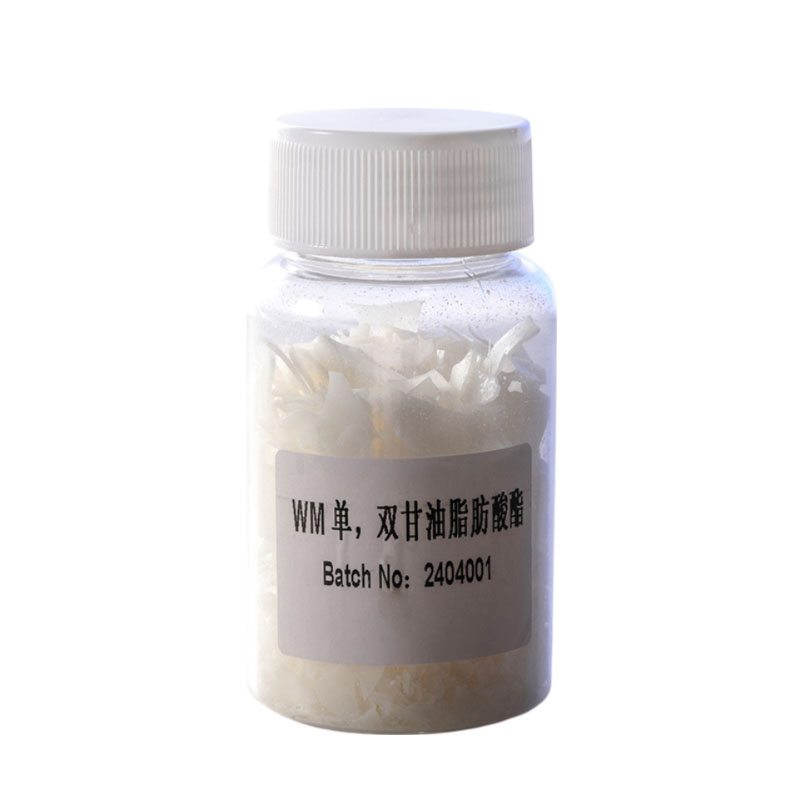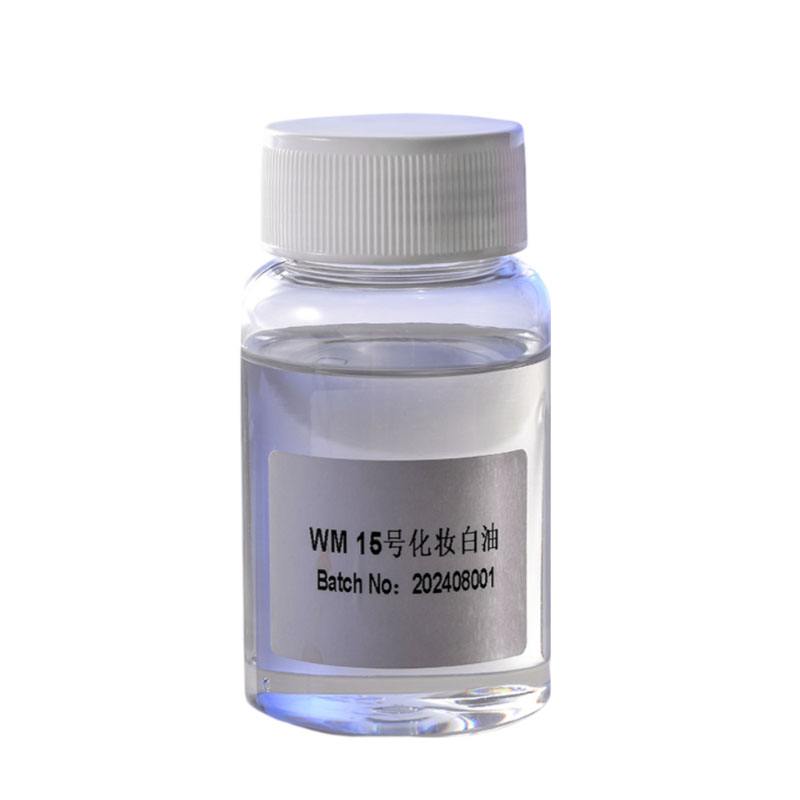How does cosmetic grade mineral oil achieve excellent skin compatibility?
Release Time : 2025-11-10
In the complex system of cosmetic raw materials, cosmetic grade mineral oil (also known as white oil) has long held an important position due to its high purity, stability, safety, and excellent skin feel. Although "natural" and "plant-derived" ingredients have gained popularity in recent years, white oil, with its scientifically proven low allergenicity and high skin compatibility, remains a core ingredient in many sensitive skin care products, baby skincare products, and medical ointments.
1. Deep Refining: Removing Allergenic Impurities, Laying the Foundation for Safety
Cosmetic grade mineral oil is not ordinary industrial mineral oil, but rather produced from hydrogenated raw materials through multiple deep refining processes. The core goal of this process is to completely remove naturally occurring impurities in the crude oil, such as aromatic hydrocarbons, polycyclic aromatic hydrocarbons, sulfur, nitrogen, and oxygen—these substances are not only chemically reactive and easily oxidized and deteriorated, but may also cause skin irritation, photosensitivity reactions, and even potential health risks. The final product is mainly composed of straight-chain or branched saturated alkanes, with a highly inert structure that hardly participates in biological metabolism and does not react with skin proteins or lipids. For this reason, international authoritative pharmacopoeias impose strict limits on the aromatic hydrocarbon content of cosmetic-grade white oil to ensure it meets the safety standards of being "non-allergenic, non-comedogenic, and non-irritating."
2. Chemical Inertness and Photostability: Reducing Skin Burden
Skin compatibility refers not only to "non-harm" but also to "non-interference." The saturated hydrocarbon structure of cosmetic-grade mineral oil makes it extremely stable at room temperature and pressure, resistant to oxidation by air, and does not decompose under ultraviolet radiation to produce free radicals or harmful byproducts. This means that unlike some unsaturated plant oils, it will not become rancid or deteriorate during storage or use, thus preventing skin inflammation. Simultaneously, its colorless and odorless properties avoid the introduction of common allergens such as fragrances and pigments, making it particularly suitable for post-operative repair, eczema care, or products for delicate newborn skin. Clinical tests show that the sensitization rate of high-purity white oil is far lower than that of many natural oils, making it a "low-risk moisturizing base" recommended by dermatologists.
3. Physical Barrier Function: Mimicking Sebum, Enhancing Moisturizing
Another dimension of skin compatibility lies in functional adaptation. Human skin is naturally covered by a sebum film, formed by the emulsification of sebum and sweat, which has the functions of locking in moisture, antibacterial properties, and buffering external irritants. While cosmetic-grade mineral oil is not of biological origin, its hydrophobic and film-forming properties perfectly mimic this protective film. When applied to the skin, white oil quickly forms a breathable yet well-sealed oil film, effectively reducing transepidermal water loss and thus relieving dryness, flaking, and itching. This "physical moisturizing" mechanism does not rely on penetration or biochemical reactions, making it suitable for all skin types, including sensitive skin with a damaged barrier. White oils of different viscosities can also be flexibly formulated—lower viscosity versions are lightweight and easy to spread, suitable for daytime lotions; higher viscosity versions are moisturizing and long-lasting, often used in nighttime repair creams or protective ointments.
4. Formulation Synergy: Enhancing Overall Skin Feel and Efficacy
As an excellent solvent and excipient, white oil can effectively dissolve fat-soluble active ingredients such as vitamins A, E, and coenzyme Q10, helping them to disperse evenly in the formula. Its stable physicochemical properties also ensure that the active ingredients do not lose their effectiveness during their shelf life. Furthermore, white oil itself has no surface activity and will not damage the skin's natural barrier. In fact, it can indirectly maintain the skin's microecological balance by reducing the excessive stripping of sebum by cleansers.
The excellent skin compatibility of cosmetic grade mineral oil is not accidental, but stems from extremely precise purity control, the chemical inertness of its molecular structure, respect for skin physiology, and its precise placement in formulations. It may lack the "natural" aura, but with its scientific, reliable, and gentle qualities, it quietly protects the skin health of millions of users. In modern cosmetic research and development, which prioritizes both efficacy and safety, white oil remains an irreplaceable classic choice.
1. Deep Refining: Removing Allergenic Impurities, Laying the Foundation for Safety
Cosmetic grade mineral oil is not ordinary industrial mineral oil, but rather produced from hydrogenated raw materials through multiple deep refining processes. The core goal of this process is to completely remove naturally occurring impurities in the crude oil, such as aromatic hydrocarbons, polycyclic aromatic hydrocarbons, sulfur, nitrogen, and oxygen—these substances are not only chemically reactive and easily oxidized and deteriorated, but may also cause skin irritation, photosensitivity reactions, and even potential health risks. The final product is mainly composed of straight-chain or branched saturated alkanes, with a highly inert structure that hardly participates in biological metabolism and does not react with skin proteins or lipids. For this reason, international authoritative pharmacopoeias impose strict limits on the aromatic hydrocarbon content of cosmetic-grade white oil to ensure it meets the safety standards of being "non-allergenic, non-comedogenic, and non-irritating."
2. Chemical Inertness and Photostability: Reducing Skin Burden
Skin compatibility refers not only to "non-harm" but also to "non-interference." The saturated hydrocarbon structure of cosmetic-grade mineral oil makes it extremely stable at room temperature and pressure, resistant to oxidation by air, and does not decompose under ultraviolet radiation to produce free radicals or harmful byproducts. This means that unlike some unsaturated plant oils, it will not become rancid or deteriorate during storage or use, thus preventing skin inflammation. Simultaneously, its colorless and odorless properties avoid the introduction of common allergens such as fragrances and pigments, making it particularly suitable for post-operative repair, eczema care, or products for delicate newborn skin. Clinical tests show that the sensitization rate of high-purity white oil is far lower than that of many natural oils, making it a "low-risk moisturizing base" recommended by dermatologists.
3. Physical Barrier Function: Mimicking Sebum, Enhancing Moisturizing
Another dimension of skin compatibility lies in functional adaptation. Human skin is naturally covered by a sebum film, formed by the emulsification of sebum and sweat, which has the functions of locking in moisture, antibacterial properties, and buffering external irritants. While cosmetic-grade mineral oil is not of biological origin, its hydrophobic and film-forming properties perfectly mimic this protective film. When applied to the skin, white oil quickly forms a breathable yet well-sealed oil film, effectively reducing transepidermal water loss and thus relieving dryness, flaking, and itching. This "physical moisturizing" mechanism does not rely on penetration or biochemical reactions, making it suitable for all skin types, including sensitive skin with a damaged barrier. White oils of different viscosities can also be flexibly formulated—lower viscosity versions are lightweight and easy to spread, suitable for daytime lotions; higher viscosity versions are moisturizing and long-lasting, often used in nighttime repair creams or protective ointments.
4. Formulation Synergy: Enhancing Overall Skin Feel and Efficacy
As an excellent solvent and excipient, white oil can effectively dissolve fat-soluble active ingredients such as vitamins A, E, and coenzyme Q10, helping them to disperse evenly in the formula. Its stable physicochemical properties also ensure that the active ingredients do not lose their effectiveness during their shelf life. Furthermore, white oil itself has no surface activity and will not damage the skin's natural barrier. In fact, it can indirectly maintain the skin's microecological balance by reducing the excessive stripping of sebum by cleansers.
The excellent skin compatibility of cosmetic grade mineral oil is not accidental, but stems from extremely precise purity control, the chemical inertness of its molecular structure, respect for skin physiology, and its precise placement in formulations. It may lack the "natural" aura, but with its scientific, reliable, and gentle qualities, it quietly protects the skin health of millions of users. In modern cosmetic research and development, which prioritizes both efficacy and safety, white oil remains an irreplaceable classic choice.









